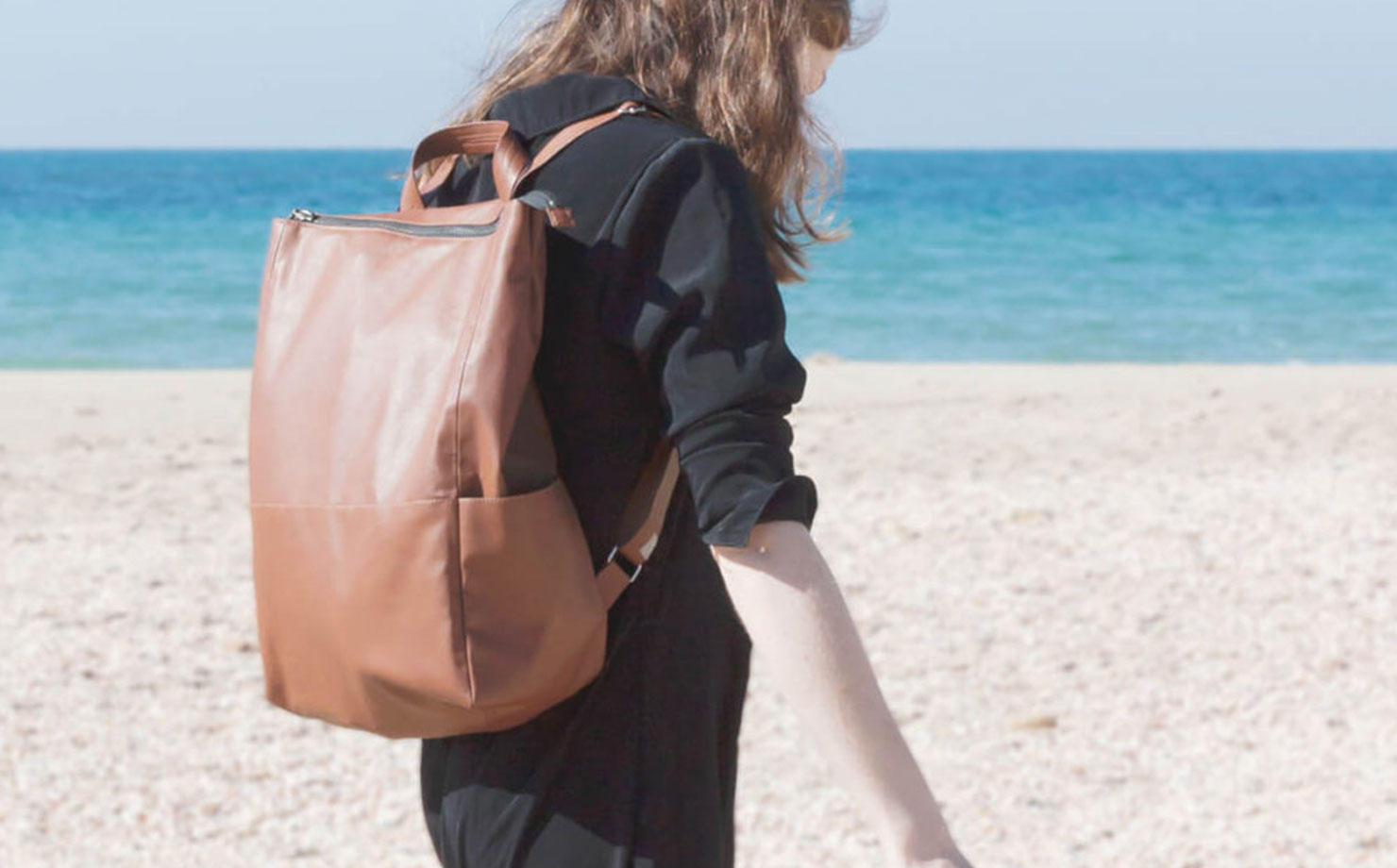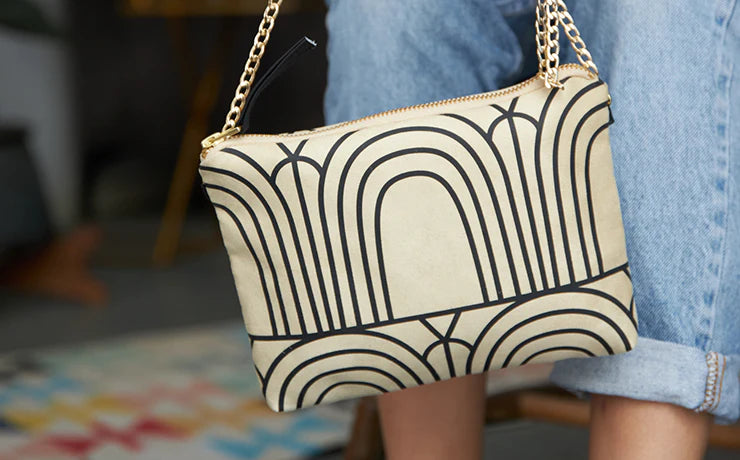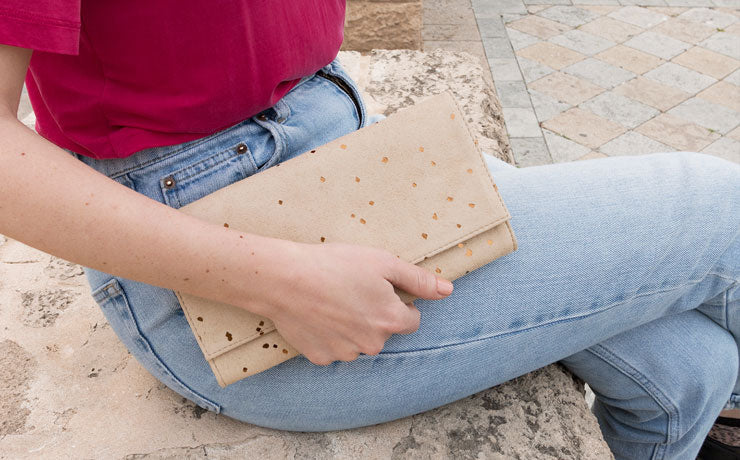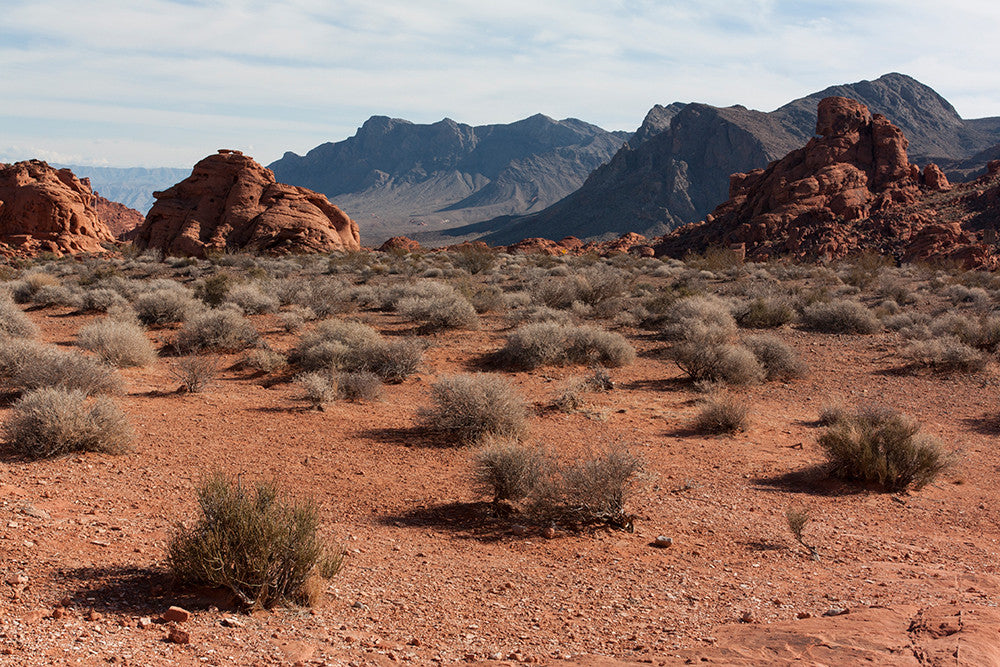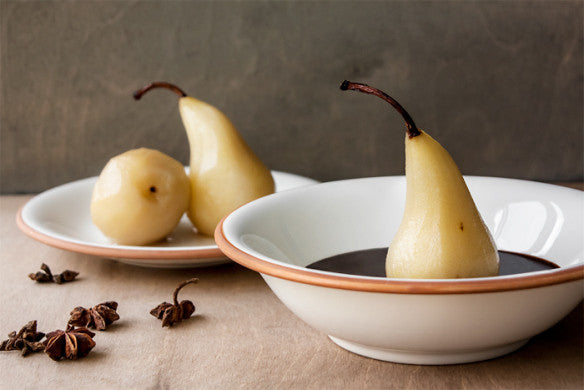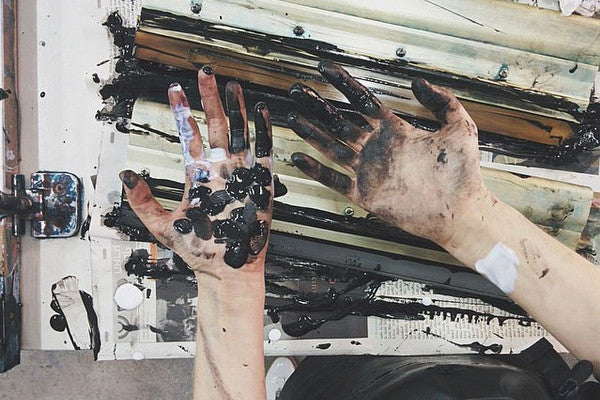
The Journal Meets Interview
What advice would you give to someone starting out in a similar field? Any mega lows where you freak out and wonder if this is really what you ought to be doing? What makes your studio ‘home’ for you?

The answers to these questions and more on a kicked back interview with Red Ruby Rouge.
RRR: We meet the completely inspiring and super talented Israeli accessories designer Lee Coren who takes us through her influences, her travel and adventure loves, her work life and studio and the everyday things that inspire and motivate her. We have officially found a new creative superwoman...
How did your creative journey begin?
During my last year in Shenkar College of Engineering and Design we had a class called ‘Free Language’ where we were given free reign to find out what topic was interesting for us, what medium we wanted to work with. This is when I starting implementing my local environment into my design – that’s where the initial spark for textiles came from. My process was initiated from the term Ex-formation.

What exactly is Ex-formation and how did it inspire your design?
Ex-formation is a concept created by Kenya Hara, a Japanese graphic designer and curator and the art director at MUJI since 2001.
“What constantly invigorates the human mind is the unknown; we aren’t animated by what we already know, but we’re eager to make the world known.”
The term Ex-formation refers to the common knowledge that all individuals in a society share but is not expressed with daily communication. However without this knowledge communication would be impossible. The concept behind the project he held with his students was not to alienate the familiar, but to show it in a new fascinating way. The result – a lot of information that just falls between the chairs everyday, information that we think we do know but we actually don’t know. It’s happening in our local environment all the time. So they turned rivers into roads and roads into rivers.

I was inspired greatly by this idea. My 'Local Environment' collections take - and bring them back to consciousness from a fresh perspective. Since this initial collection, the line expanded into different cities and countries, all from my personal traveller experience with them.
I started photographing local icons that are most common in typical Israeli cities - curved window bars, eclectic mailboxes, and plastic window shutters. You see these white window shutters all over cities in Israel. They are often broken and create a difference of rhythm each time. I started photographing that in my area Tel Aviv, Jaffa and neighbouring cities. Then I would reassemble them as textile patterns to be returned to the city as something new. From this project my entire business came to be. And I am still inspired by these little things today, not only in my city but also in the places I travel to. I look for the little details and work with them.
And more specifically, your current body of work that we are just itching to get our paws on .. what was that design process like, you mentioned something about butterflies?
I went to Los Angeles to visit my aunt and uncle - who are photographers - and they know I carry my camera everywhere. We had a trip to the desert, to the Valley of Fire and on the way there they showed me this and that and one of our stops was the butterfly migration. It was fascinating.
It’s like my newly composed tag-line, ‘ Adventure worthy textiles inspired by modern exploration ‘ – I like that idea a lot because my designs aren’t always inspired by something specific like 'underwater' or 'space', I am very much influenced by the environment I am in it doesn’t matter if I’m visiting it or living in it. It’s always what surrounds me.

RRR: Yes, walking around cities or towns, meandering through the streets, getting lost - that’s almost museum enough isn’t it. There’s so much we can learn that way and find our own version/vision of a place.
Exactly, that’s the best part.
RRR: WAOW. So from that you honed in on certain patterns in the make-up of the butterflies, which will in turn inform your next collection? It’s almost like using your eyes to cut out the pattern, which you then reassemble for printing. See? She IS a superstar.
The stories build backwards. It usually starts with an abstract idea of textures and colours and only later evolves into materials and patterns. The shape of the product is usually one of the final stages. It starts with what I feel in my fingertips. With the butterflies, my countless photos of them developed later on into a pattern which then develops into the product I think that suits it best.
I always try to have a colour story and when I design each and every item it has its own story.

What has been the most rewarding thing about your job to date?
When a client is happy with their product. It’s actually transformed from a product, to an item, to something that is a part of someone’s life. Every now and then when I get the feedback – it’s amazing. It makes me so happy.
Any mega lows where you freak out and wonder if this is really what you ought to be doing?
You have them every month - being independent can be overwhelming at times. When I just started the business the low points were earth shattering... it was very tough. As I gained experience and confidence in the business I started learning to balance my job. The low points are now easier to go through and not let it grow out of proportion. You learn how to cope with it over time.

What advice would you give to someone starting out in a similar field?
Educate yourself and then go for it with everything you've got! People don’t realise that before I opened my business I sat on my computer and watched endless tutorials and seminars and read a lot about how to run a business, how to price, how to market. I think it was a month of just studying how to do it. So my advice, is then, learn your field, learn what you are going to get into and what you will need to do and just go for it.
I am still learning all the time. There’s a Hebrew phrase I really really believe in, which goes ‘I learned from all my teachers’ – your teachers aren’t your schoolteachers. It’s every human being that you respect, that you meet along the way, you have something to learn from everyone.

What makes your studio ‘home’ for you? Do you listen to certain playlists when printing and something totally different when you're nailing your admin?
I have two different playlists. Screen -printing is a lot of Beyonce, everything very upbeat and fun – the happiest music. Admin music is quieter, like Alt-J - I love live music on the KEXP radio but also some classic rock. I can’t listen to the same thing twice in one month so the list varies.

